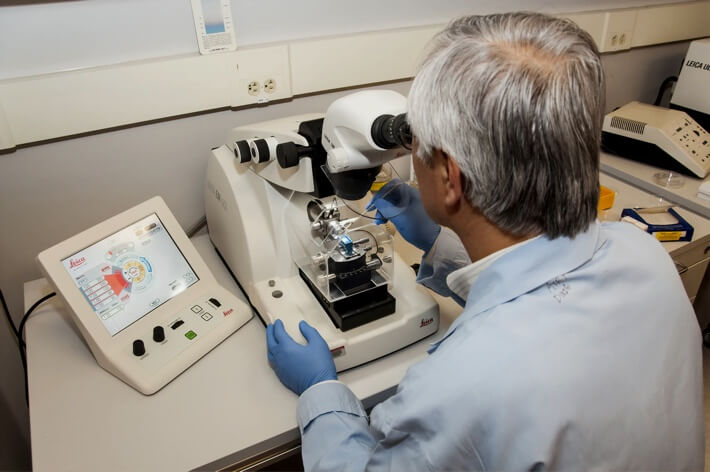
Attenuated Total Reflectance (ATR)
$99 Base price View My Quote RequestIPC Compliance Testing
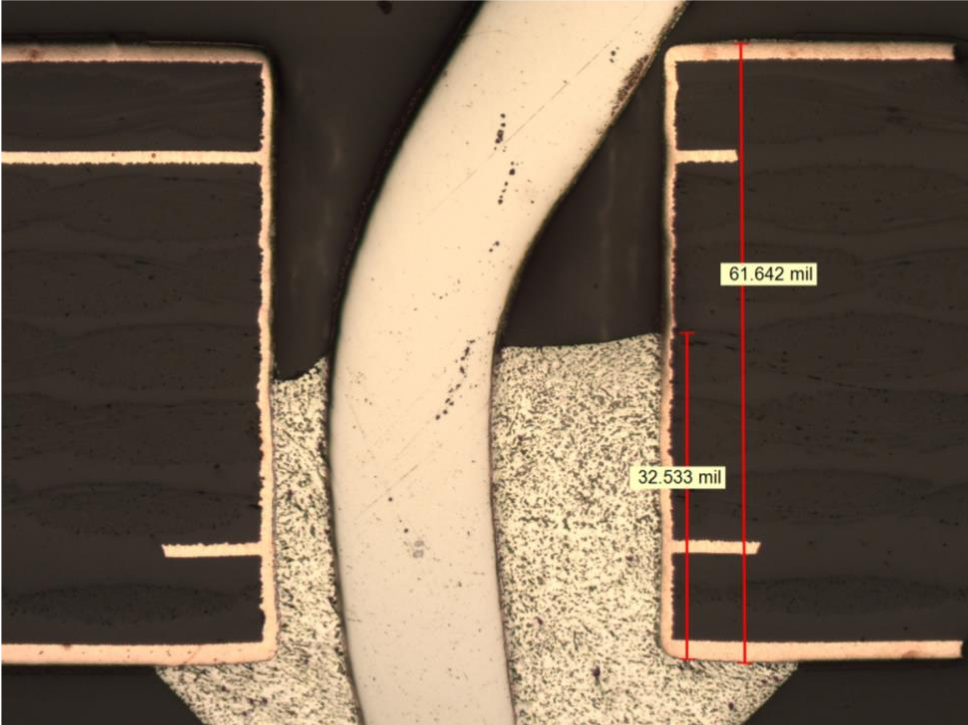
IPC Compliance testing and destructive physical analysis (DPA) provide a comprehensive screening for quality assurance and comprise the best-known method to identify design or production issues in electronics assemblies, components, and fabricated boards.
This procedure includes a complete program of analytical methods and procedures for characterizing modern electronics boards.
- Package of an analyses delivers comprehensive quality assessment for electronics boards
- Robust documentation of compliance standards and procedures
- Total characterization enables full defects identification
- Time-intensive characterization program
- Extensive expertise required to perform analytical steps properly
Technical Specifications:
Learn More:
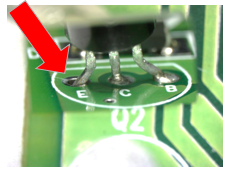
Q2 Through-Pin transistor displayed. One pin shows incomplete hole-fill per IPC-A-610G, sec 7.3.5. Acceptability to be determined by cross-sectioning (see next image).

Confirmation of insufficient hole-fill (same as image above). Suspect pin targeted for cross-sectioning. Transistor Through-Pin showing hole-fill approximately 58%, which is a defect (class 2, 3) per IPC-A-610G, sec 7.3.5.1.

SMT connector showing acceptable alignment and heel fillets per IPC-A-610G, sec 8.3.5 for all three classes of product.

BGA solder joints showing acceptable solder ball size, shape, and spacing per IPC-A-610G, sec 8.3.12 for all three classes of product.
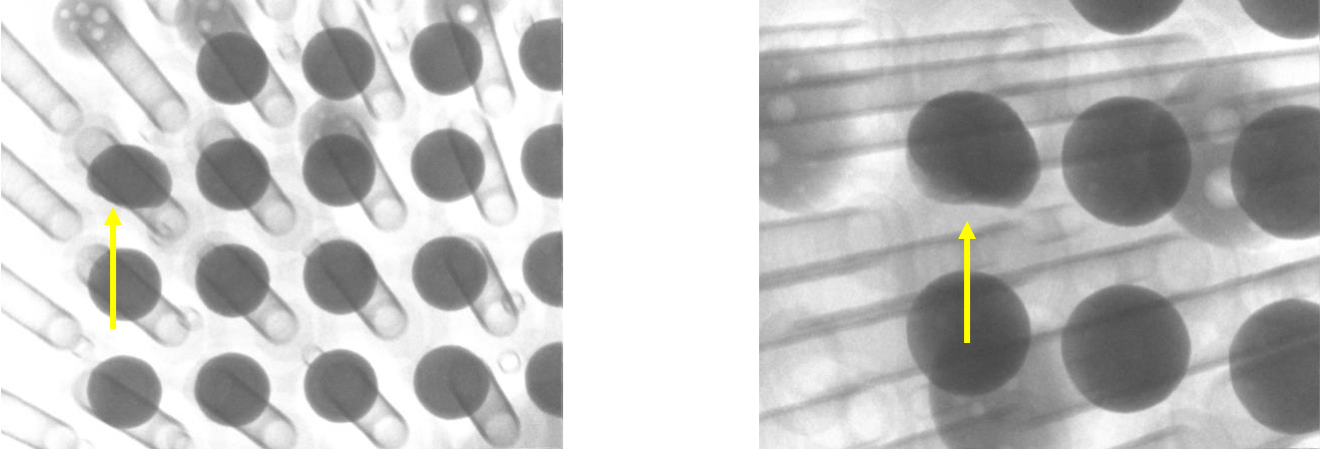
Irregular shaped BGA solder joint, which is a process indicator per IPC-A-610G, sec 8.3.12.3 for collapsing balls for class 2 & 3 products.
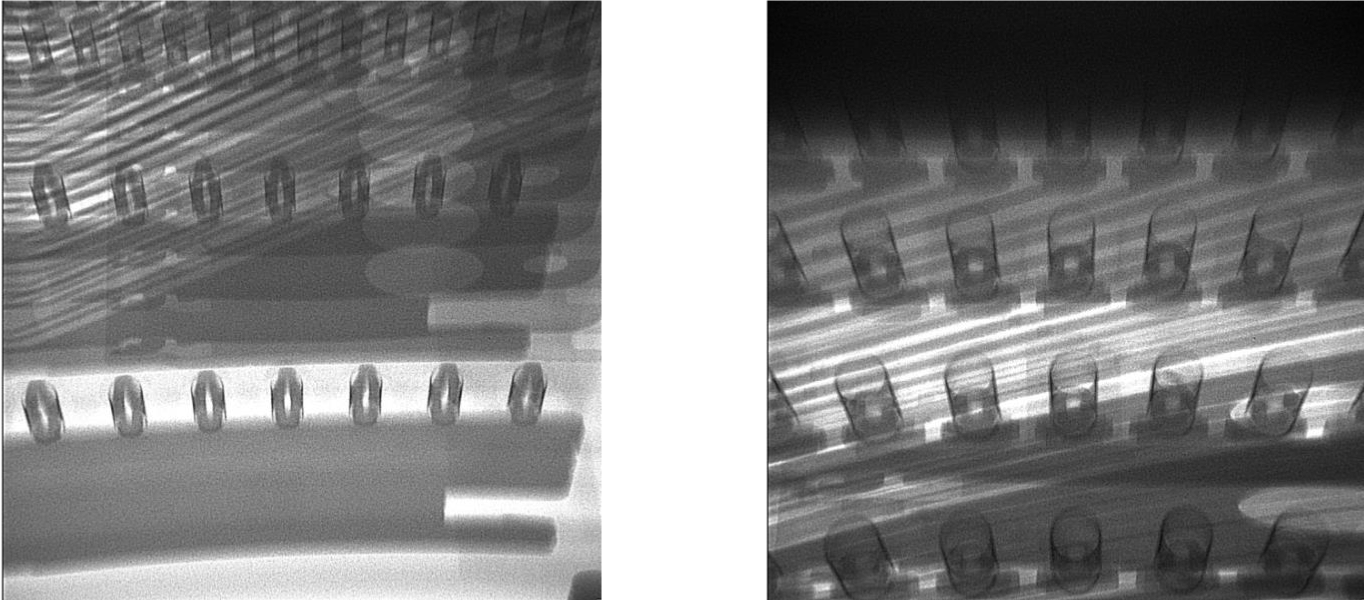
Press-Fit connector showing no damaged pins, which is acceptable per IPC-A-610G, sec 9.10 for all three classes of product.
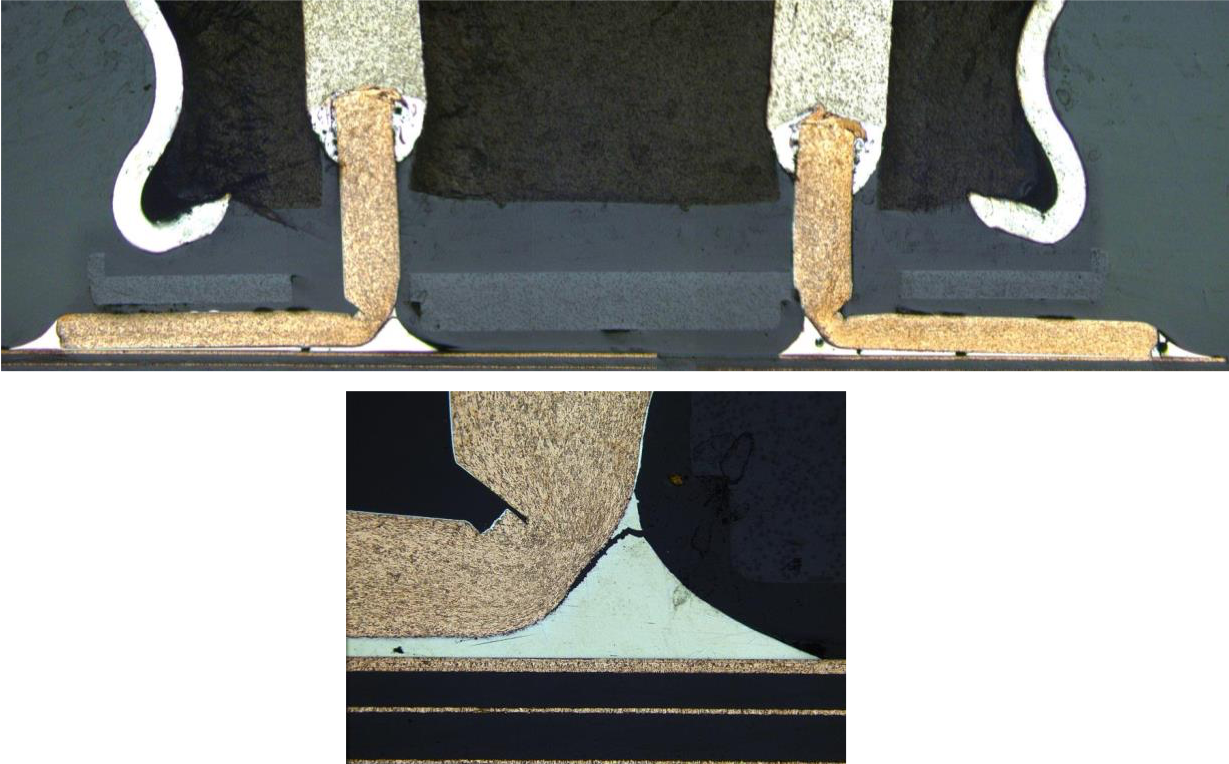
C1 SMT Capacitor showing fractured solder (heel fillet crack), which is a defect per IPC-A-610G, sec 5.2.9 for all three classes of product.
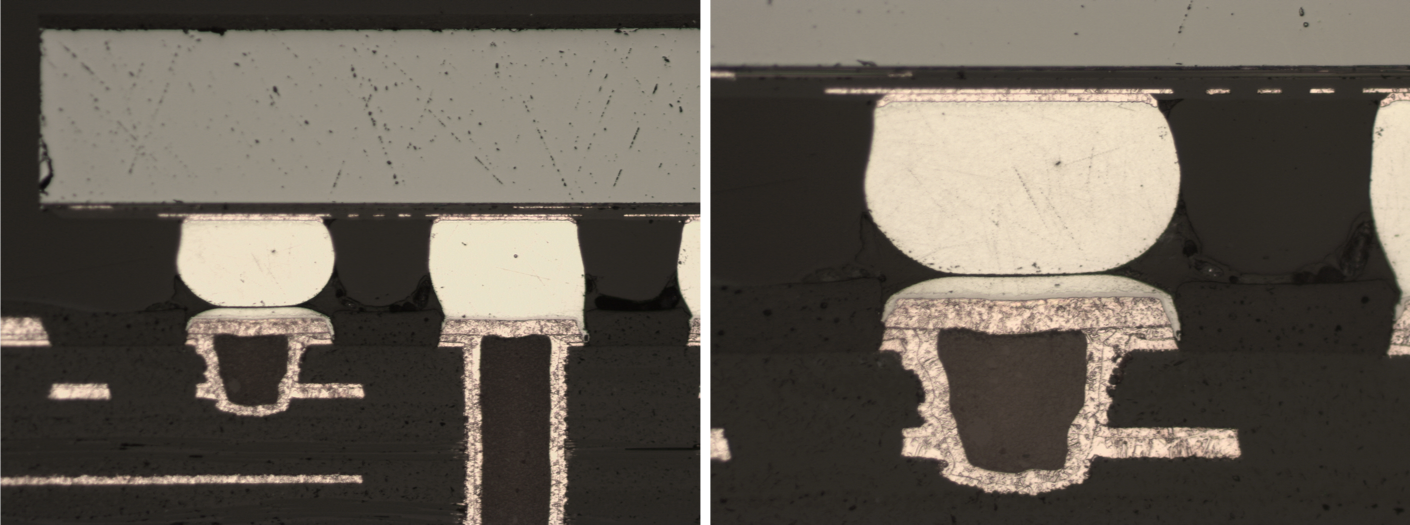
BGA solder joint showing a Head in Pillow (HiP) condition, which is a defect per IPC-A-610G, sec 8.3.12 for all three classes of product.
This procedure includes a complete program of analytical methods and procedures for characterizing modern electronics boards, including: external macro- and micro-optical investigation and 2D X-ray Inspection of the entire board or assembly, followed by visual evaluation and Mechanical Cross-Sectional Analysis at specific pin locations and via holes identified on suspect components.
This testing package is executed in accordance with applicable sections of IPC-A-610F for assemblies or IPC-A-600H for board fabrication, which outline the standards for acceptability conditions tested at each component location.
Covalent’s team of experts have more than 20 years of experience with best practices in DPA methods and are certified by the IPC to provide compliance analysis, failure analysis, and quality evaluations.
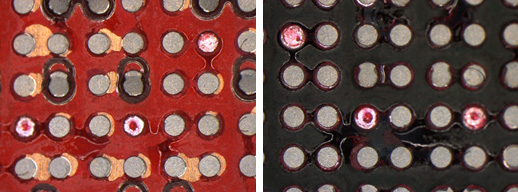
Dye & Pry Testing (Dye & Pry)
Dye and Pry testing is a destructive, IPC-described failure-analysis and quality-control technique performed on solder joints on printed...
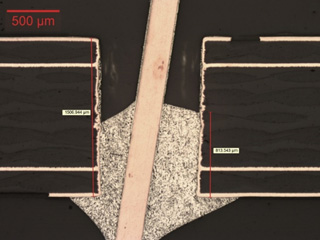
Mechanical Cross-Section Analysis
Material cross section analysis enables one to expose buried features on a sample in a controlled fashion, to...

